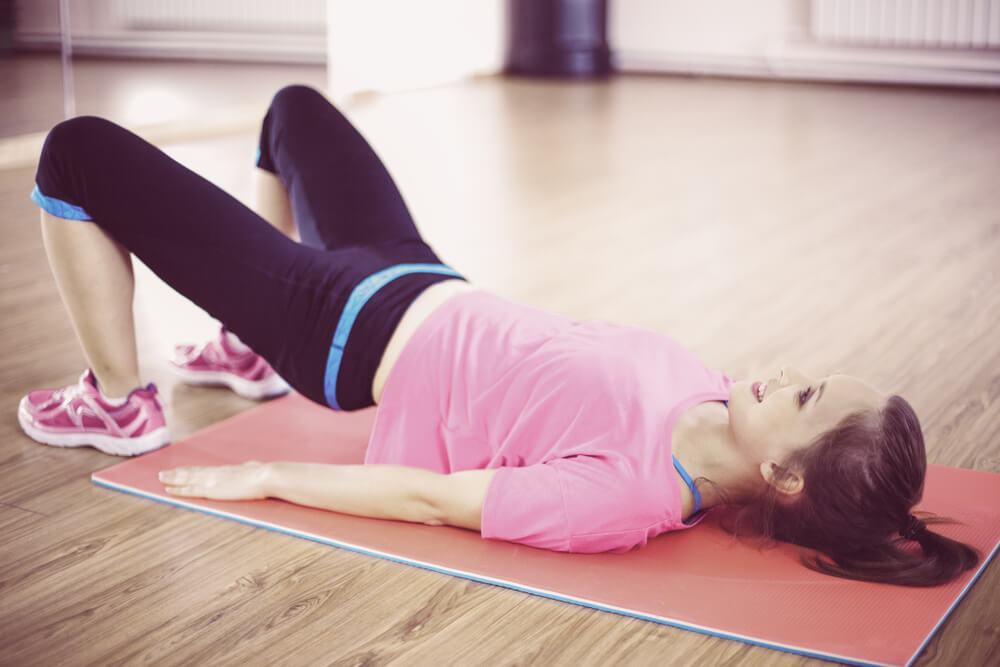Sports hernias aren’t actually hernias at all. A hernia is when part of the intestine pokes through a rip in the stomach muscles, and this type of injury requires a surgical repair. However, a sports hernia, or athletic pubalgia, occurs when tendons that attach muscles to the front of the pelvis are stretched or torn. This type of injury tends to require surgery only when the tendons involved are severely or completely torn. In most cases, the treatment of sports hernias involves two basic steps.
1. Rest
One common technique used in sports hernia treatment is rest. This sports injury is most common for people who play hockey, football, rugby and other sports. The risk of a sports hernia is greater for players in these sports because they expose players to a combination of pelvic twisting and impact. People who develop a sports hernia tend to have a lot of pain in the groin area at first, and this pain can be particularly bad when moving around.
For this reason, rest is often used as the first stage of recovery for this condition. Rest allows the body to begin its natural healing process, and it also allows the body to focus more of its resources on healing rather than movement. Most patients will be instructed to avoid sports-related movement or other strenuous activity for about four to six weeks.
2. Therapeutic exercise
After the initial period of rest, most sports hernia treatment plans start to have the patient do therapeutic exercises. Some of these exercises can be geared toward stretching the healing tendons and muscles. Other exercises can be introduced to help strengthen these structures, and there may also be exercises to help improve your range of motion.
At first, these exercises are likely to be gentle, and a great example of such an exercise is the pelvic tilt. This exercise involves you lying on your back, and you’ll then tighten the lower core muscles to pull your pelvis up toward your belly button. In many cases, twisting stretches and exercises are included in treatment plans for athletic pubalgia. The twisting exercises may also use resistance bands to help increase the strength of the injured tendons and muscles.
Panther Physical Therapy offers effective sports hernia treatment plans
Are you looking for treatment for a sports hernia or another sports injury? Panther Physical Therapy has a team of physical therapists that can help. We’ll start by doing a complimentary assessment to determine the severity and symptoms of your injury. Then, we’ll build an individualized treatment plan that’s designed to target your injury. Therapeutic exercise is one technique our team may include in your recovery plan, but we can also use therapy methods like:
Take the next step to get our help with your sports injury. Contact our team today for more information or to schedule an appointment.

